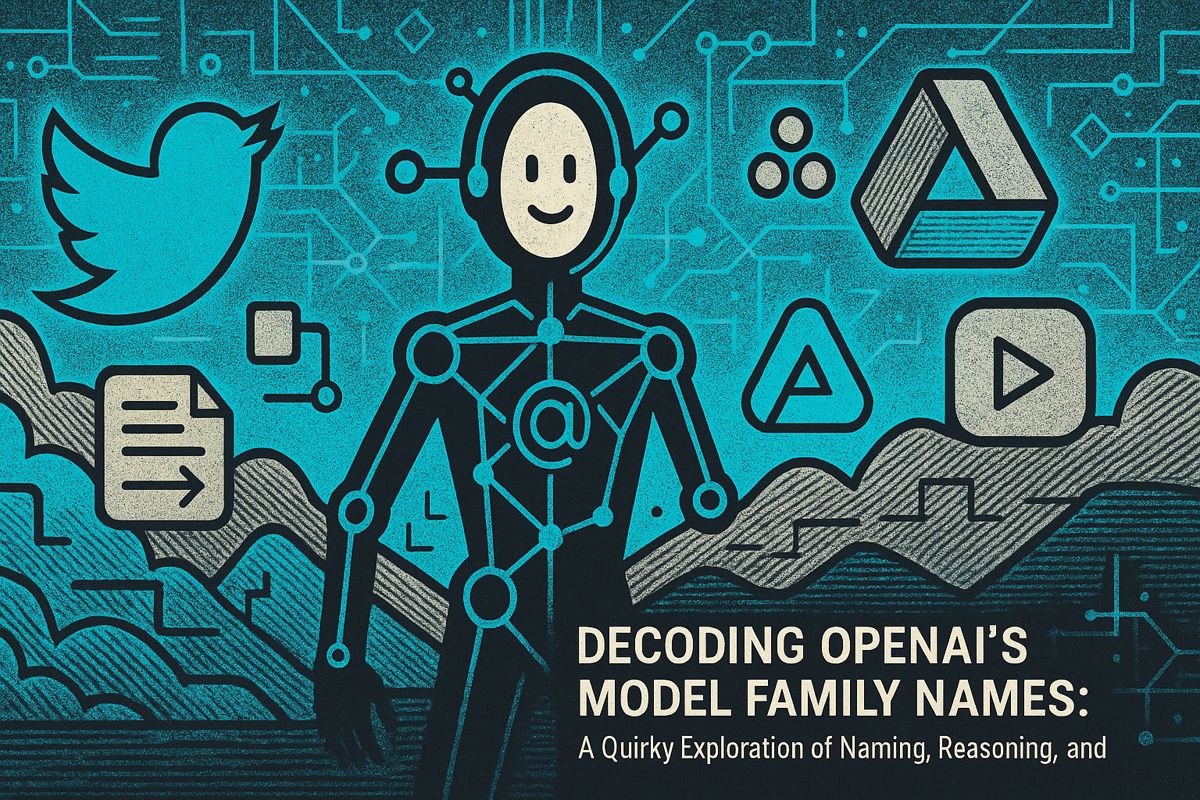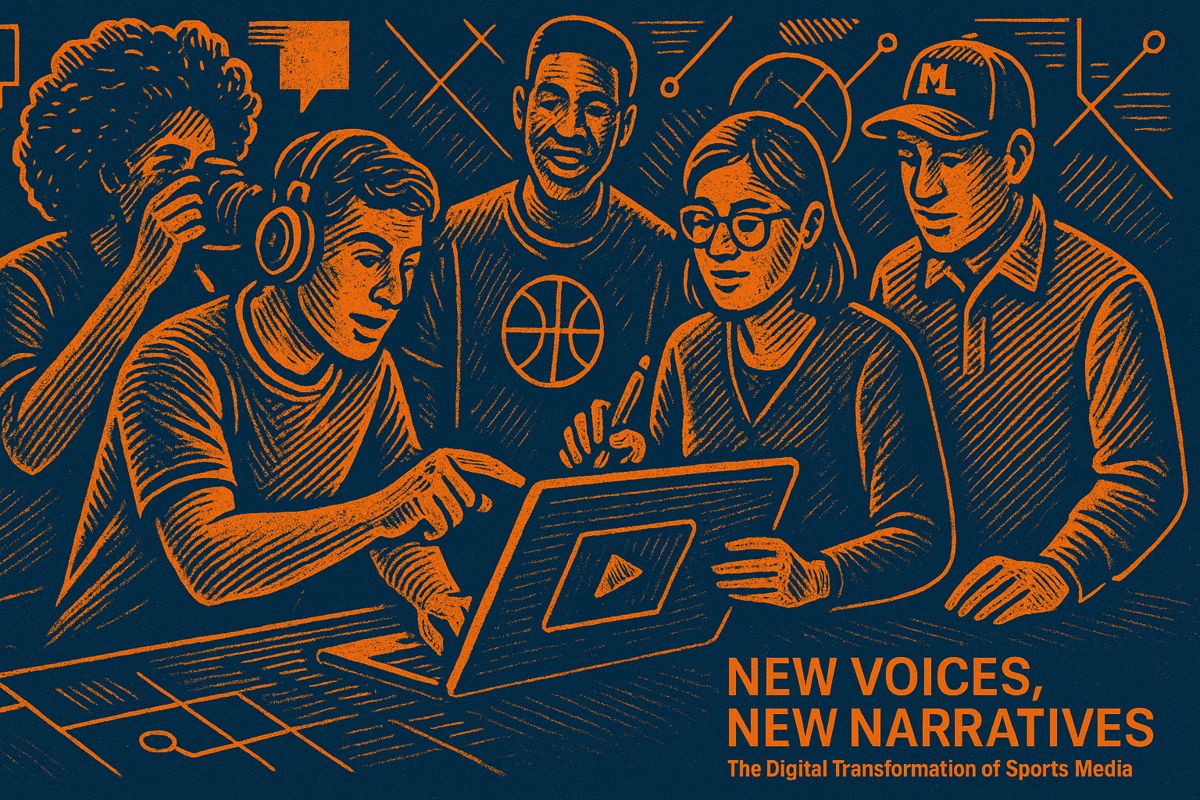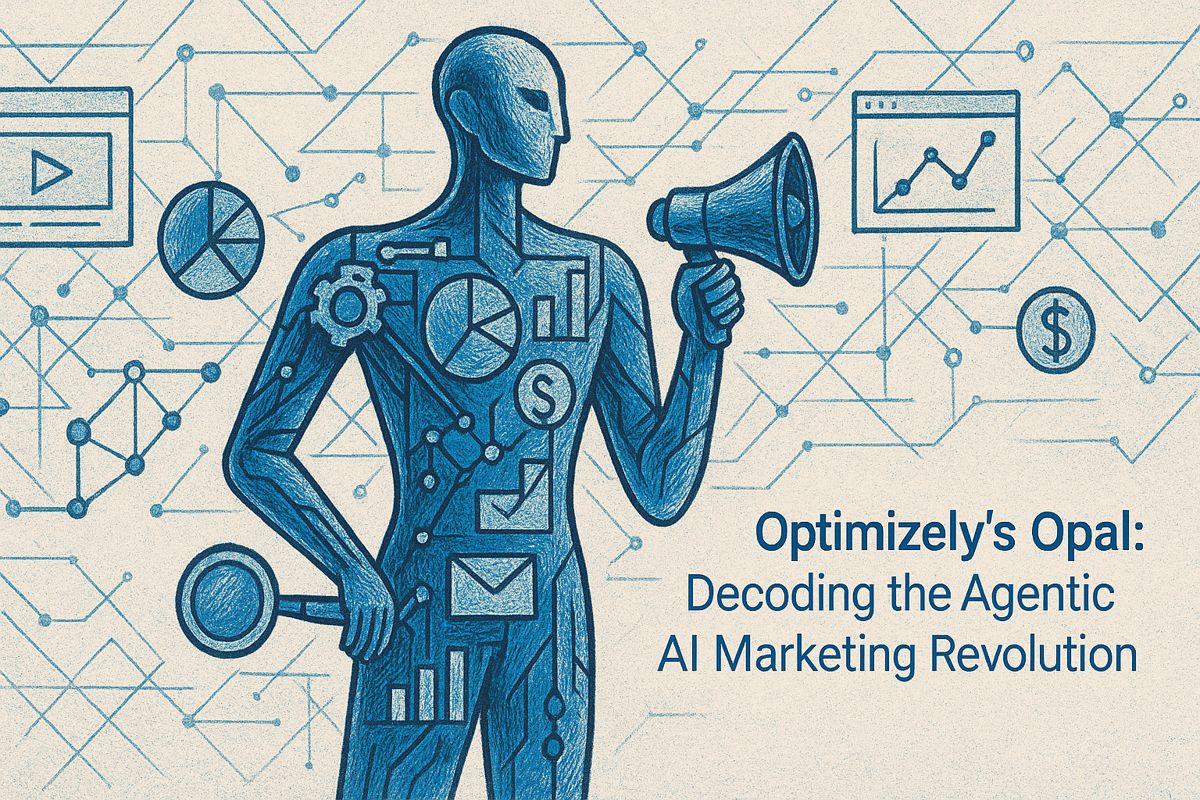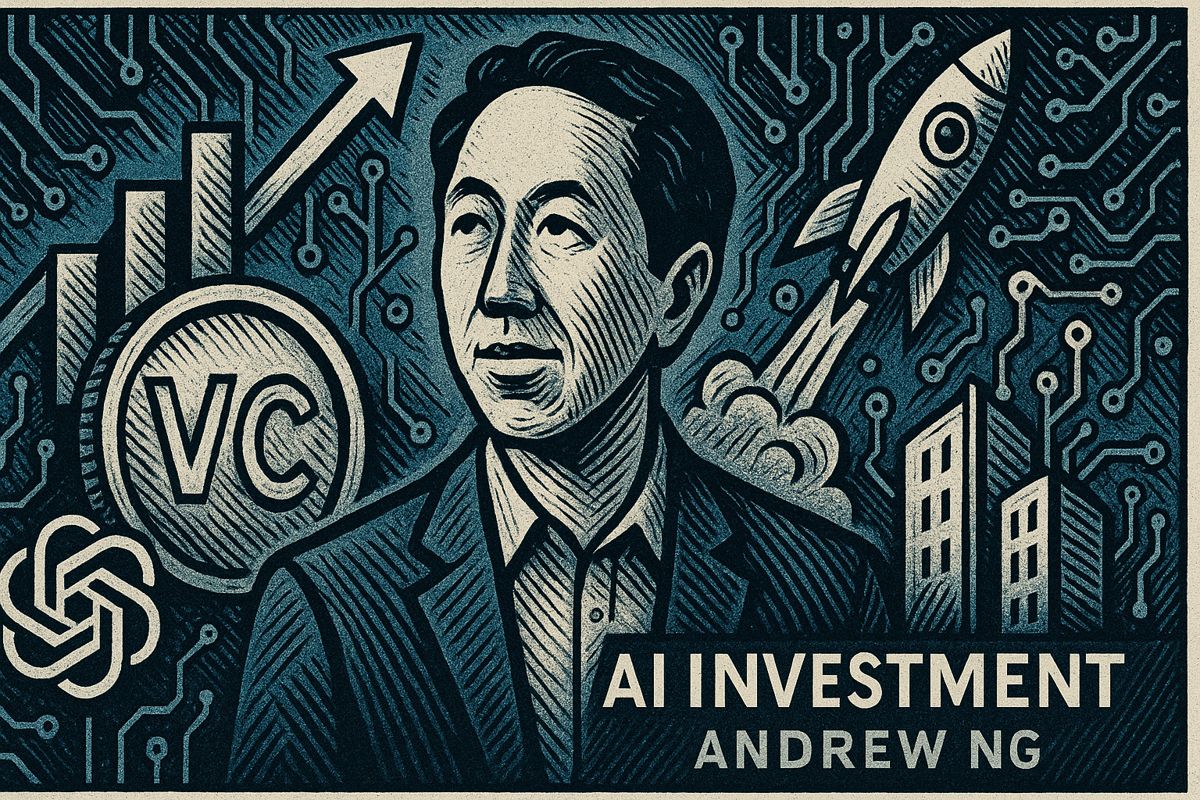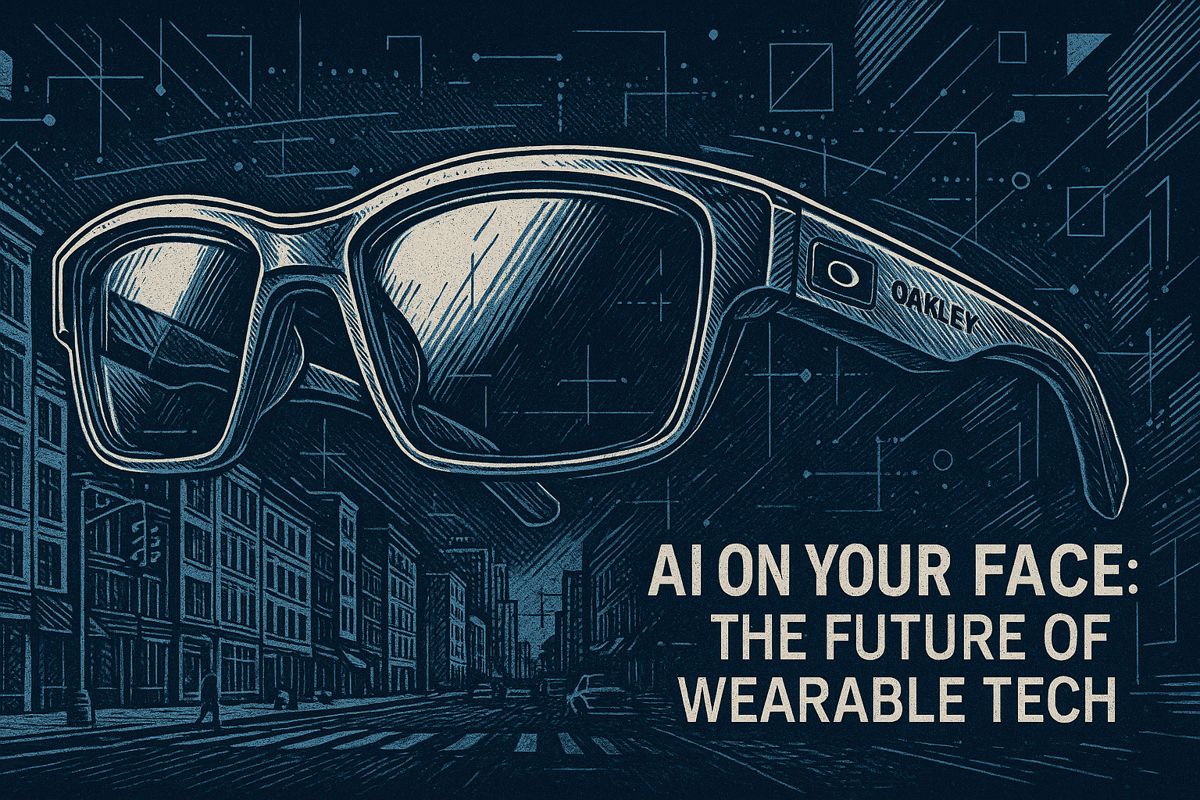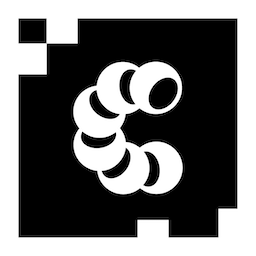Claude AI is quietly revolutionizing workplace productivity by connecting seamlessly with 11 key business platforms like Jira and Confluence. These integrations transform AI from a simple tool into a powerful workflow orchestrator that can consolidate tasks in seconds. By enabling rapid, custom connections, Claude provides nuanced insights that help workers focus on more creative work. The technology goes beyond basic automation, acting as a smart ecosystem connector that organizes workplace chaos. This strategic approach positions Claude as a game-changing assistant in the competitive AI landscape.
What Are Claude AI’s Latest Workplace Integrations?
Claude AI now seamlessly connects with 11 key business platforms, including Jira, Confluence, Zapier, Cloudflare, Intercom, Asana, Square, Sentry, PayPal, Linear, and Plaid. These integrations transform AI from a tool into a workflow orchestrator, enabling rapid task consolidation and cross-platform collaboration.
Opening the Portal: Why Integrations Matter (More Than You Think)
Let’s get one thing out of the way: “integration” is not a sexy word. It evokes memories of tangled USB cords and beige Windows 98 towers, the scent of burnt coffee wafting through a server room. But here’s the thing—unlike the era of floppy disks and dial-up, today’s integration is the secret sauce that turns an AI assistant from a clever toy into a bona fide workhorse. Anthropic’s Claude, with its latest expansion spree, is elbowing its way into the center of this digital Venn diagram.
I admit I used to groan when I saw another “Now with more integrations!” announcement. It felt like tech companies were hawking features nobody would use, like the hyperspectral camera on a mid-range smartphone. But then, last Wednesday, I watched a project manager on my team ask Claude to haul overdue Jira tickets out of the digital abyss, summarize them, and cross-link tasks in Confluence—all in under a minute. The look of relief (tinged with disbelief) was almost palpable, like the first bite of a hot croissant on a rainy Paris morning.
So, why does this matter? Because integration isn’t just about technical plumbing; it’s about orchestrating an ecosystem where information can flow like a well-practiced jazz quartet—each player riffing off the rest, not missing a beat.
The Mechanics: From Plugins to Personalization
Let’s get a bit granular (bear with me)—Anthropic’s Claude doesn’t just play nice with the usual suspects. Out of the box, it now speaks fluent Jira, Confluence, Zapier, Cloudflare, Intercom, Asana, Square, Sentry, PayPal, Linear, and Plaid. That’s not an exhaustive list, but you get the gestalt. The emphasis here isn’t on sheer quantity (though eleven connectors is nothing to sneeze at); it’s about the texture, the way these connections are woven into the daily fabric of work.
Imagine: you’re knee-deep in Asana tasks, an avalanche of Slack notifications pinging in your ears, when Claude slips in and quietly consolidates project status from Sentry, pings a payment update from Plaid, and drops a summary straight into your Confluence wiki. All without you opening a single new tab. If AI is a symphony, integrations are the sheet music—mess that up, and you’re left with a cacophony.
But here’s the twist that caught my attention—the connectors can be custom-built. Anthropic claims a new integration can be spun up in under thirty minutes. I’ve seen engineers do it in less (though, to be fair, one guy did spill espresso on his trackpad mid-attempt—ugh, the hazards of caffeinated coding). This customization isn’t just a flourish; it’s the difference between a prefab IKEA desk and a hand-carved Russian samovar: one-size-fits-all versus tailored for your workflow’s peculiarities.
Enterprise Arms Race: Where the Real Power Lies
You can almost hear the competitive hum—Microsoft Copilot, Google Gemini, OpenAI’s ChatGPT Enterprise, all racing to become the digital infrastructure du jour. The battleground? Not just who’s got the fanciest LLM under the hood, but who can splice their AI seamlessly into the arteries of your company’s workflow. In this sense, Anthropic’s move is less a moonshot, more a chess gambit—positioning Claude as the synapse, not the appendage, of the digital workplace.
There’s a whiff of audacity in Anthropic’s approach, reminiscent of the early days of Github or the open-source zeal of the Linux kernel crowd. I can’t help but think: is it bravery, or just a pragmatic response to the relentless entropy of SaaS sprawl? Either way, the arms race is on, and integration depth—measured not in marketing hype, but in milliseconds saved and context delivered—is the new currency.
I did pause to wonder: is there a risk of over-integration? Could Claude become the digital equivalent of that kitchen drawer stuffed with utensils you never use? Maybe—but as Claude’s APIs grow more nuanced (the recent Claude 3 models, for example, show marked improvement in multilingual reasoning and even parsing visual data), the horizon keeps receding. The aim isn’t omnipresence for its own sake, but invisible utility, like air conditioning humming discreetly in the background.
Beyond Automation: Augmenting the Human (With a Wink)
Here’s the part I almost missed—Claude isn’t just automating drudgery. It’s morphing into a research assistant, a project whisperer, even a half-decent therapist on rough Tuesdays. With integrations feeding it credible, up-to-the-second data, Claude can compile nuanced reports, synthesize trends across platforms, and serve up actionable insights faster than a barista can steam oat milk. There’s a faint aroma of library stacks and fresh printer paper in the way it organizes chaos into coherence.
I’ll confess, the first time I asked Claude to triangulate quarterly sales numbers from Square, cross-reference them with customer complaints from Intercom, and then suggest mitigations—it spat out a report that was almost eerily prescient. I felt a shiver of excitement, tinged with mild existential dread. Was I obsolete? For a heartbeat, maybe. But then I realized: the magic isn’t in the replacement, it’s in the augmentation. Claude’s integrations free me up to be more human—curious, creative, sometimes even witty (on a good day).
So here’s my imperfect take: Claude’s integration binge isn’t about domination, it’s about orchestration. It’s not a showy virtuoso solo, but a steady, almost invisible baseline that lets you improvise, make mistakes, and—occasionally—hit the right note. And if it occasionally gets a metaphor tangled or drops a comma? Well, so do I.
The future smells a little like burnt coffee and possibility.

